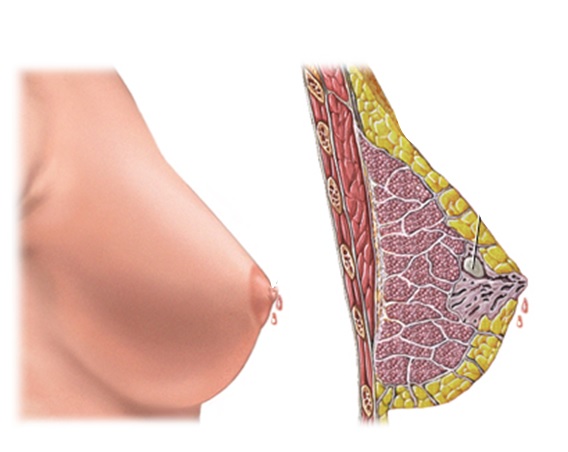How Afraid of Nipple Discharge Should We Be?

Nipple discharge is a relatively common symptom of breast disease. However, it is one of the rare symptoms of breast cancer, although it worries the patient very much. Only 10% of patients who apply to the doctor due to nipple discharge are associated with cancer.
Therefore, the basic clinical approach is to correctly reveal the underlying cause. A careful and detailed story and careful examination by the breast surgeon is in the foreground.
Nipple discharge, which has a serious pathological cause, is unilateral and spontaneous. Considering the fact that the patient is before and after menopause, the fact that the nipple discharge is unilateral and spontaneous, as well as the presence of a mass together is one of the important factors that make the decision for surgical intervention. In addition, the color of the discharge and whether or not it contains blood are also issues to be considered in the differential diagnosis of a possible cancer.
In a study conducted, it was determined that only 2.7% of patients with nipple discharge complaints, who were followed up for many years, could develop cancer. Especially unilateral, one-channel and bloody nipple discharges often necessitate biopsy from the breast. However, clear and colorless nipple discharge, especially in post-menopausal women, should be approached with suspicion.
Although nipple discharge Although it is one of the symptoms that should warn about cancer, the most common cause of bloody nipple discharge is benign "intraductal papillomas". The second frequency is enlargement of the milk ducts. In this case, smoking should be questioned, some vitamin deficiencies and rheumatic diseases should be kept in mind. Studies have shown that smoking, in particular, weakens the support tissue around the milk ducts under the nipple and enlarges these ducts. Sometimes, cysts of the breast are also known to cause nipple discharge. During the lactation period, attention should be paid to the presence of milk sacs called galactocele, and if necessary, the drink should be emptied, but breastfeeding should not be interrupted. Infections of the breast should be questioned, and the bruises and deformities on the nipple should be paid attention to, and cancer should be excluded.
Family history with postmenopausal patients With the help of conventional methods such as breast ultrasonography and mammography, a surgeon who has experience in breast diseases can find the channel or channels where there is discharge from the nipple by detecting the channel where the discharge is present, and can easily perform the biopsy for tissue diagnosis in patients with breast cancer and hormone use. can perform.
Despite a very complex diagnostic method provided by technological progress (ductoscopy, ductal lavage, ductography), the clinical history; It still holds the most important place in revealing the real cause of nipple discharge. Although smear and cytological examination from nipple discharge are applied in centers, it should not be considered as a widely used test due to its high false-negative rate.
Galactography has the disadvantage that it takes a long time, requires repeated mammograms and causes unnecessary radiation exposure. Ductoscopy and ductal lavage are still under development and are expensive and time-consuming methods.
